“… I feel Tibetan culture with its unique heritage… has developed a kind of energy which is very helpful for cultivating peace of mind and a joyful life… There is a potential for Tibet to help humanity… I feel very strongly that Tibetan culture will have a role to play in the future …” ~ His Holiness the Dalai Lama
This is the third part of a multi part series exploring whether the Eastern Wisdom traditions remain relevant in contemporary Western Society. In Part 2 (the previous post of this series), we briefly surveyed India and its contributions to meditation, self inquiry and “awakening” or, perhaps, more simply, the pursuit of happiness–within. … and here’s Part 1 for reference.
Today, our attention turns towards “the stampede” of Western seekers, who, during the 50’s, 60’s, and 70’s became very keen on Tibet and Nepal.
What drew their attention to these remote Himalayan regions?
Some readers shy away from the many different Tibetan and Nepalese schools – overwhelmed with the exotic dance, rituals, costumes, mandala, thangkas (see the image below), chanting and the many different schools of Tibetan and Nepalese Buddhist and Bon culture.
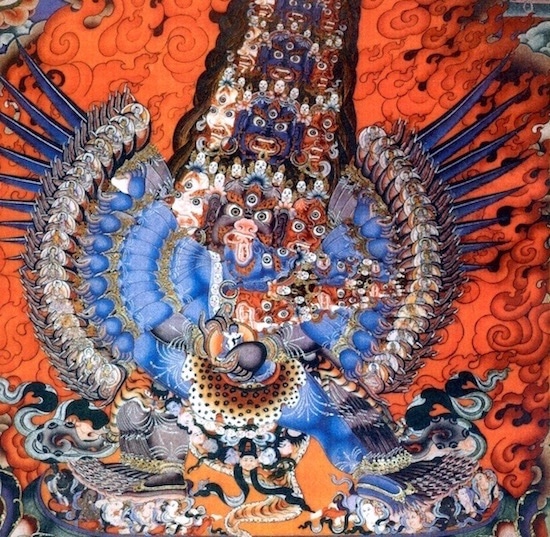
In light of the incredible amount of interest in Buddhism, Stillness Speaks has launched a campaign to consolidate credible information and resources related to this vast body of spiritual knowledge. This post is only a cursory overview or summary introduction, which will be explored in depth in future (some within, but mostly outside of, this series).
So, how do we introduce such a vast topic? …
Well, The 14th Dalai Lama is a grounding influence for Buddhism, particularly Tibetan Buddhism .. so let’s begin with him …
The 14th Dalai Lama
“Be kind whenever possible. It is always possible.” ~ The 14th Dalai Lama
The 14th Dalai Lama was born as Tenzin Gyatso and won the Nobel Peace Prize in 1989. This event was met with significant interest by the West as it signaled an acceptance of Eastern wisdom by a world renowned modern committee. And while travel to India had become much more commonplace for Americans in search of spiritual knowledge, this new interest in Buddhism resulted in many Americans finding themselves also drawn to Tibet and Nepal.
That interest has only grown stronger. Representing the Gelug School, or “The Yellow Hats,” His Holiness, the 14th Dalai Lama leads this newest school of Tibetan Buddhism while residing in exile in Dharamsala, India.
Many other spiritual and esoteric schools of Buddhism continue to draw scholars and seekers alike to both Tibet and Nepal. Consequently, there is a {growing} list of scholars in Buddhism (and/or it’s various schools). In future, we will be featuring some of these scholars so do check back or stay informed by subscribing to our newsletter.
One such scholar is Robert (Bob) A.F. “Tenzin” Thurman who holds the singular distinction of being the “first Westerner {American} to be ordained by the Dalai Lama.” considered a skilled “popularizer of the Buddha’s teachings” and is described (by Time magazine) as “larger than life scholar-activist destined to convey the Dharma, the precious teachings of Shakyamuni Buddha, from Asia to America.” According to The New York Times Bob Thurman is “the leading American expert on Tibetan Buddhism.”
We recently added Bob Thurman to our list of teachers in the Zen & Buddhism tradition (which encompasses Tibetan Buddhism – a separate Tibetan Buddhism traditions page will be coming soon as well). Bob’s teacher page provides more details of his scholarly work and and commitment to Tibetan Buddhism.
What did Tibet and Nepal Offer to the Seekers of Spiritual Freedom?
Francis Lucille, one of our featured teachers talks about the perennial philosophy: a philosophical perspective in which views of each of the world’s wisdom traditions share a single, universal truth … and all religious knowledge and doctrine has grown on this foundation.
Perennial Philosophy is a foundational principle of Stillness Speaks: we aim to demonstrate that there are “many paths up the mountain” all leading to a single destination.
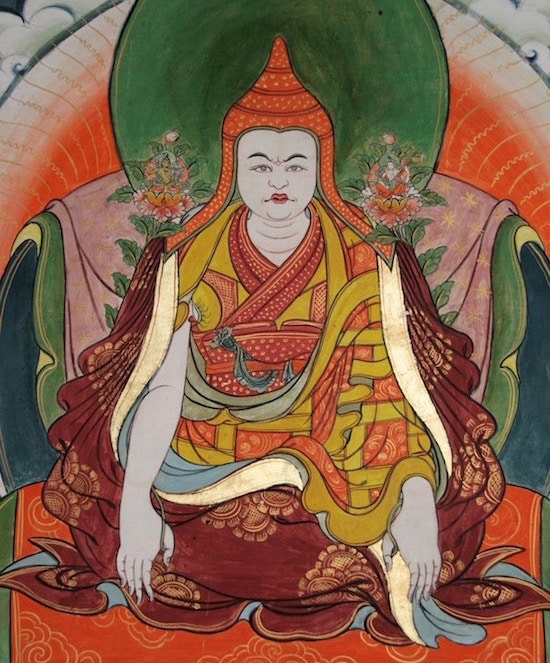
From the Nyingma tradition, Dzogchen emerged as one of the four principal schools of Tibetan Buddhism along with the Sakya, Kagyu and Gelug sects. All observe the philosophical standpoint of the Madhyamaka, a Mahayana Buddhist School founded by the work of Nagarjuna which reveals that all phenomena, both subtle or gross, are “empty” of any independent nature or essence due to the inherent nature of dependent origin.
To those interested, Longchenpa opened our eyes to the “Natural Primordial State.” ‘Longchenpa’ means the “Infinite Vast Expanse of Space.” Born in 1308, Longchenpa was a major instructor in the Nyingma school of Tibetan Buddhism. He is credited with establishing a systematized teaching of Dzogchen, sometimes referred to as the study of “The Great Perfection.”
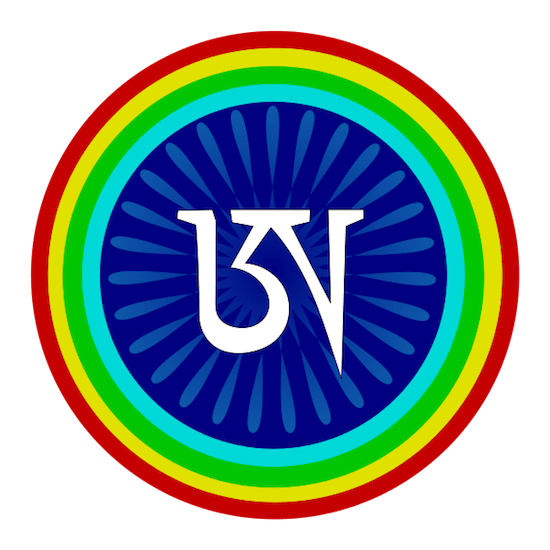
The 14th Dalai Lama believes that the term Dzogchen may have been derived from the Sanskrit term, “mahasandhi” meaning the “very essence, the cream and heart juice of all teachings.” In addition to his Gelug training, the 14th Dalai Lama is also a qualified Dzogchen teacher.
The other term associated with Dzogchen is Atiyoga. In simplest terms, Atiyoga means the “summit,” the zenith of all vehicles.
Longchenpa’s most influential work is the seven volume series, The Seven Treasuries. Here are four volumes titled (all available for purchase through Amazon): 1) The Precious Treasury of Pith Instructions, 2) The Precious Treasury of the Basic Space of Phenomena, 3) The Precious Treasury of The Way of Abiding, and 4) The Precious Treasury of Philosophical Systems.
Keith Dowman’s “Old Man Basking in The Sun,” is an alternative translation. A cultural refugee, from England, Dowman arrived in Benares (or Varanasi or Banaras), India in 1966. He encountered many of the grandfather lamas of Tibet as they were forced into exile by the Chinese invasion of Tibet. It was his good fortune to receive initiation, empowerment, and personal guidance as a student of the great Dzogchen lamas Dudjom Rinpoche Jigdral Yeshe Dorje and Kanjur Rinpoche Longchen Yeshe Dorje.
Along with Dudjom Rinpoche and Kanjur Rinpoche, Keith Dowman lived in Benares, India, and Kathmandu, Nepal, for 50 years. His translations include SkyDancer, and Longchenpa’s Natural Perfection and Spaciousness. Dowman’s primary focus was the essence of Dzogchen which he calls Radical Dzogchen.
Here’s a free downloadable PDF copy of Longchenpa’s book Natural Perfection, as translated by Keith Dowman. You can also purchase it from Amazon.
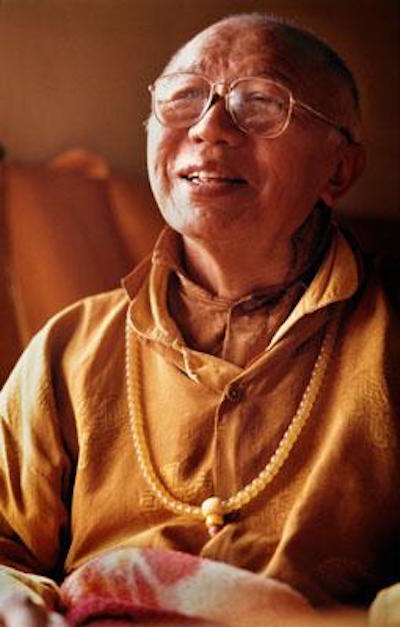
Tulku Urgyen Rinpoche resided for more than three decades at the Nagi Gompa Hermitage in Nepal. He was a master of the Kagyu and Nyingma lineages. He is considered one of the great contemporary Tibetan masters of all time.
Indeed, he studied with over 50 recognised Tibetan Buddhist Masters and taught many highly respected Masters, including Dilgo Khyentse Rinpoche.
Dilgo Rinpoche is renowned in the West primarily for his contributions translating over 300 volumes of Tibetan literature including many “terma” or esoteric, hidden practices. “Terma” are often referred to as a tradition of “continuous revelations.”
Tulku Urgyen taught of emptiness, an English translation of the Sanskrit term Shunyata in the Buddhist tradition. Emptiness “… carries a connotation of a nothing-ness, or a void. Happily, there is a wonderful definition in Tibetan that captures its true meaning: tak ché dang dralwa, which translates as: ‘free from permanence and non-existence’ …” from wikipedia.
Tulku Urgyen Rinpoche’s 2 volume series, As It Is: Vol 1 and Vol 2, are considered classic pointers on the nature of mind using precision to remove obscurations with humor, lucidity and conciseness.
His discourses were not academic or logical. He preferred to directly address the listener’s fresh state of mind. Like many skilled teachers, Urgyen was renowned for instruction through direct experience regarding Rigpa, or self-reflexive awareness.
You can purchase a copy of Rainbow Painting by Tulku Urgyen Rinpoche from Amazon.
Unfortunately, Urgyen Rinpoche passed away in 1996. But, for those curious, he left us with four important Dzogchen teachers in his stead: Chokyi Nyima Rinpoche, Chokling Rinpoche, Tsoknyi Rinpoche and Yongey Mingyur Rinpoche. Each of Tulku Urgyen offspring are very popular contemporary teachers, each of whom will be featured in upcoming posts by Stillness Speaks. All four of the sons and two of his grandsons are published in English and tour the United States. In fact, both of his grandsons are regarded as Rinpoches, and one of them, Khyentse Yangsi Rinpoche, aka Urgyen Tenzin Jigme Lhundrup, is recognized as the incarnation of Dilgo Khyentse Rinpoche by His Holiness the Dalai lama.
Tibetan Buddhism is growing in popularity both with celebrities and academics. In many cases, celebrities have “converted” from other formal religions. Some notable Westerners with Tibetan Buddhist interests: Steven Seagal, Richard Gere, Uma Thurman (Bob Thurman’s daughter), KD Lang, Philip Glass, Oliver Stone, Jet Li, Allen Ginsberg, John Cleese, Sharon Stone. Bob Thurman cofounded Tibet House US with Richard Gere, Philip Glass, and Tenzin Tethong at the request of H.H. Dalai Lama’s.
Tibetan Buddhism has a very rich heritage, and we have barely scratched the surface. There are four main schools of Tibetan Buddhism. As we move forward together, we will try to do justice to all of them: Nyingma, Sakya, Kagyu, and Gelug teachings.
In future, we will be delving into the vast trove of Buddhist tradition schools: Tibetan and others.
For now, let’s follow Alan Watts and many other Westerners as they commuted back and forth between India, America and Europe to Japan … and discover Zen … to be explored in the next part in this series … and as before, we invite your participation … and again ask:
Does the above match with your perspective?
“The only position from which you can never fall is the awakened state.” ~ Dilgo Khyentse Rinpoche
To access all parts of this entire series, please click on the link below
Exploring Eastern Wisdom’s Relevance for the West: a 9-part series
Quotes: 1) The opening quote is excerpted from the Tibet House US website and 2) the quote at the start of Dalai Lama’s section is from goodreads and 3) the quote at the end of the post is excerpted from the book: The Hundred Verses of Advice: Tibetan Buddhist Teachings on What Matters Most.
Images: 1) Tagong Monastery by Antoine Taveneaux, CC BY-SA 3.0 – this is also the Featured Image, 2) Tibetan thangka of the Blue Tara by Anonymous, Public Domain – {{PD-1923}}, 3) His Holiness the Dalai Lama, by Minette, CC BY 2.0, 4) Light butter lamps by Yasunori Koide, CC BY-SA 3.0, 5) Longchen Rabjampa by Cfynn, CC BY-SA 3.0, 6) Symbol of buddhism Dzogchen; White A by Lukas3, Public Domain, 7) Tulku Urgyen Rinpoche by Sherab, Public Domain, 8) Dilgo Khyentse Rinpoche by Wonderlane, CC BY 2.0, 9) Yak near Yamdrok lake, Tibet by Dennis Jarvis, CC BY-SA 3.0.
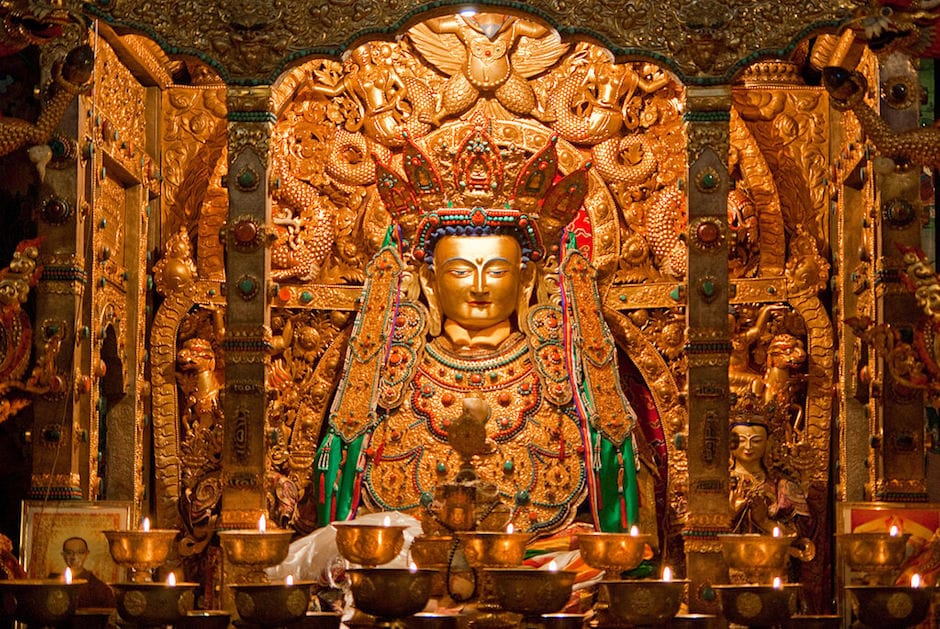
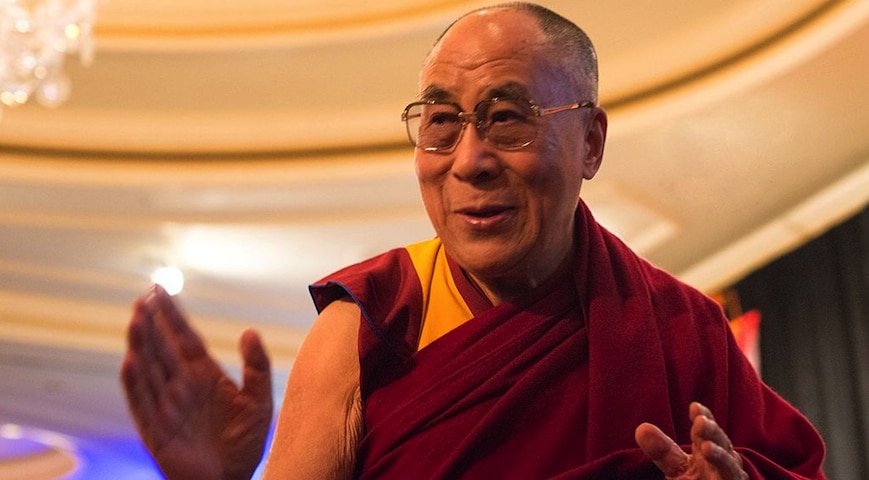
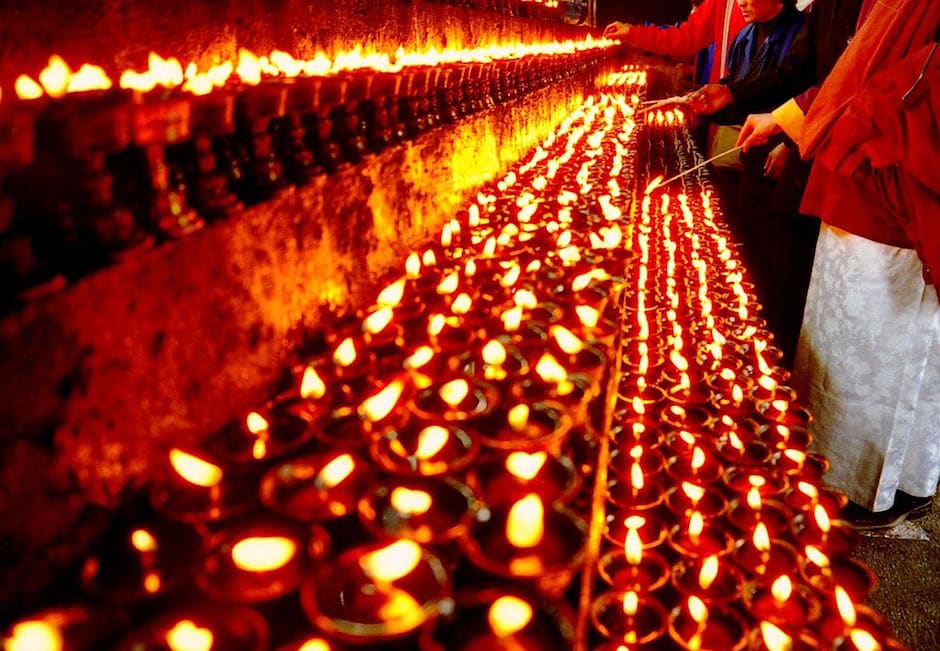
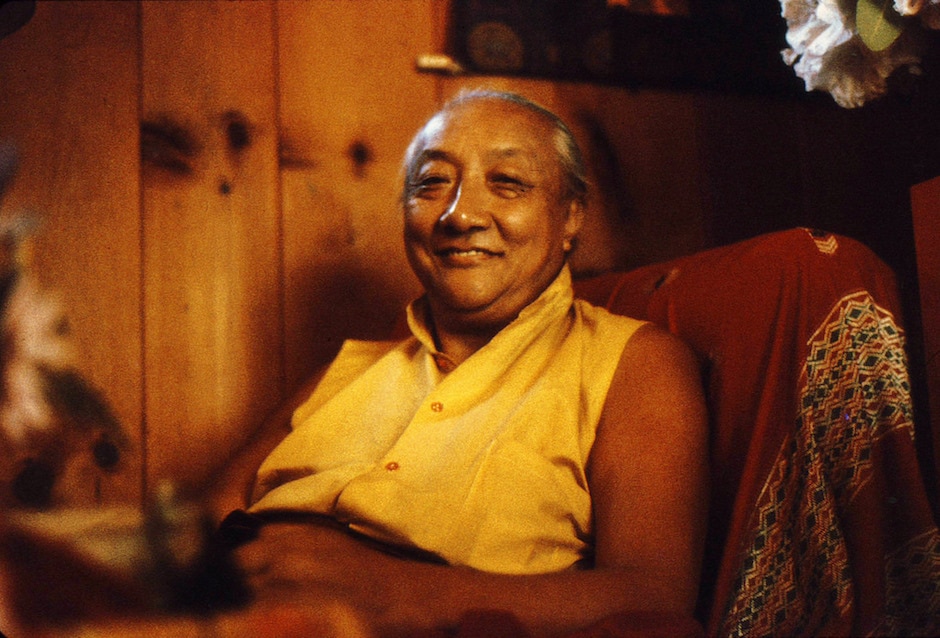
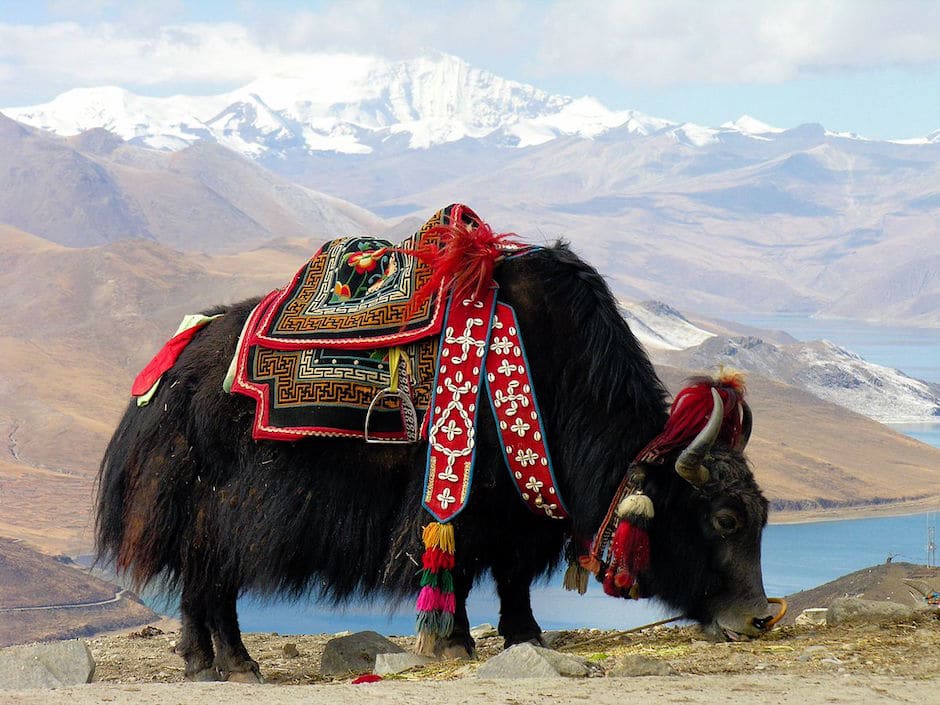
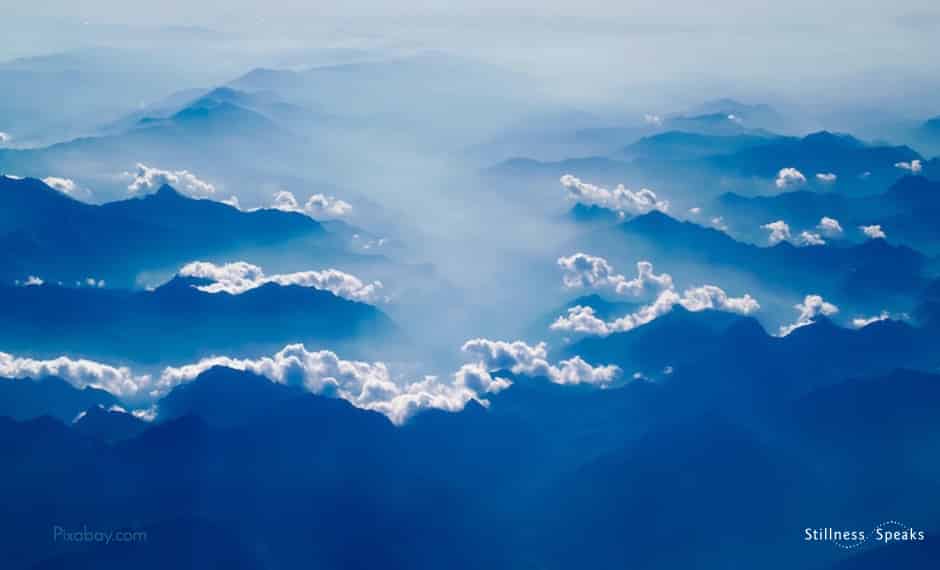
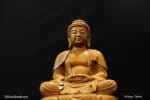
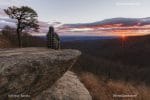
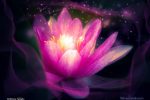
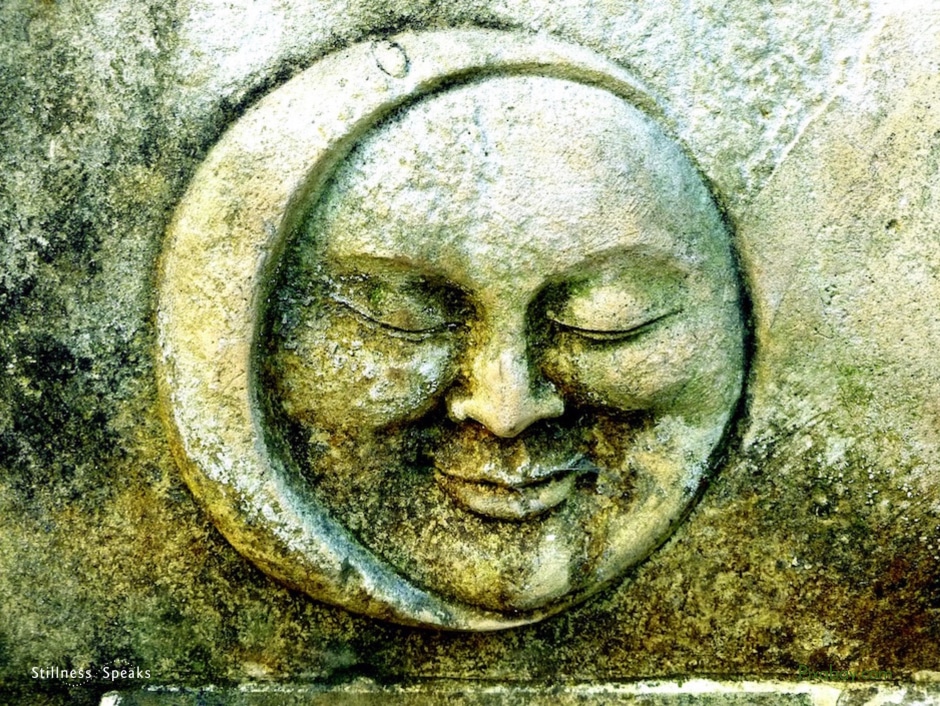


I’m at a loss. There is so much information available on Tibetan/esoteric studies available I don’t know where to begin. I am at a point in my life where I have the freedom to travel to Nepal for an extensive period in order to study esoteric teachings. I am interest in self growth as well as all types of studies, from astral projection, telepathy, clairvoyance, psychic abilities, etc. I can stay in Nepal as long as I wish, whether one week, one month, several years.
Can you give me some guidance or recommendations? Whether it is a monastery, school, or ashram…I am open to all. I am 65 yrs. old and have wanted to make this trip since I was 19. I am in excellent health, so a rustic environment is also ok.
I would appreciate any guidance you can provide.
Respectfully,
Bill Dornisch
Dear Bill,
My sincere apologies for the extended delay in my response – somehow I missed this comment and happened to notice it today (9+mo later!).
You have probably gone to Nepal already so this may be of no use at all.
My response (back in Nov’18) would have been to explore Bob Thurman’s work – visit his website and also the adjunct site re Tibet. Our teacher page for Bob has all the links and other relevant summary info.
Do check the Special Projects “section” on the page – has links to Tibetan adjunct site.
Again, my apologies for this very extended delayed reply.
Wishing you all the best in your self discovery journey.
sanjiv